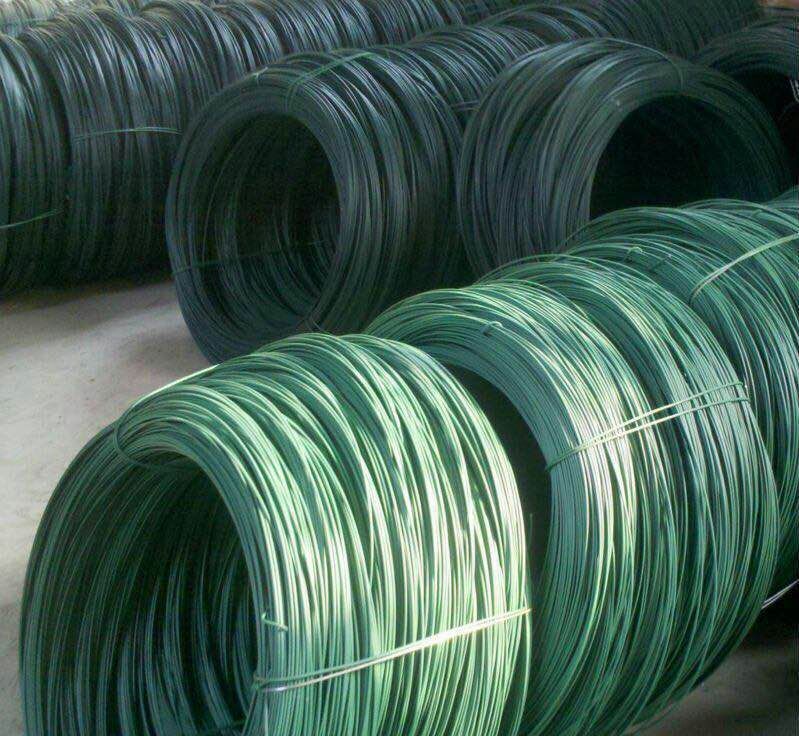- Understanding the Role of Geomembrane Liners in Waste Management
- Innovations in Geomembrane Liners for Water Management
- Geomembrane Liners: A Comprehensive Guide
- The Future of Geomembrane Liners in Civil Engineering
- Geomembrane Liners: Enhancing Landfill Stability
Manager:
WhatsApp:+86 177 0135 2670
Tel:+86 177 0135 2670
Email:marketing@okorder.com
Address:3rd Floor, No.2 Building, No.1 Sanlihe Road
HDPE Geomembranes: A Reliable Choice for Chemical Storage Lining
hdpe Geomembranes have become a popular choice for chemical storage lining due to their exceptional durability, chemical resistance, and low permeability. These synthetic materials are designed to provide a reliable barrier against the containment of hazardous substances, ensuring the protection of the environment and the integrity of the storage facility. In this article, we will explore the benefits of using HDPE geomembranes, their applications, and why they are considered a reliable choice for chemical storage lining.

The Science Behind HDPE Geomembranes
Before diving into the advantages of HDPE geomembranes, it's essential to understand the science behind these materials. High-Density Polyethylene (HDPE) is a thermoplastic polymer known for its strength, flexibility, and resistance to a wide range of chemicals. It is composed of long chains of ethylene molecules, which give it its unique properties. The manufacturing process of HDPE geomembranes involves the melting and extrusion of the polymer, followed by cooling and rolling into a thin, flexible sheet. This process ensures a uniform and consistent material that is free from defects and impurities.
Why Choose HDPE Geomembranes?
There are several reasons why HDPE geomembranes are preferred over other materials for chemical storage lining. Let's take a closer look at some of the key benefits:
1. Chemical Resistance: HDPE is highly resistant to a wide range of chemicals, including acids, alkalis, and solvents. This makes it an ideal material for lining applications where exposure to aggressive chemicals is expected.
2. Durability: HDPE geomembranes are designed to withstand harsh environmental conditions, such as extreme temperatures, UV radiation, and mechanical stress. They have a long service life, often exceeding 50 years, with proper installation and maintenance.
3. Low Permeability: The low permeability of HDPE ensures that the containment of hazardous substances is secure, preventing any leakage into the surrounding environment.
4. Ease of Installation: HDPE geomembranes are relatively easy to install, with minimal seams and a variety of joining methods available, such as heat welding, adhesives, or mechanical fasteners.
5. Cost-Effectiveness: While the initial cost of HDPE geomembranes may be higher than some alternatives, their long service life and low maintenance requirements make them a cost-effective solution in the long run.
Applications of HDPE Geomembranes
HDPE geomembranes are versatile and can be used in various applications, including:
1. Waste Containment: They are commonly used in landfills and waste containment facilities to prevent the leakage of hazardous waste into the environment.
2. Industrial Storage: HDPE geomembranes are ideal for lining storage tanks and ponds for chemicals, oils, and other industrial fluids.
3. Agricultural Applications: In agriculture, they are used for lining reservoirs and ponds to prevent water loss and contamination.
4. Environmental Protection: They play a crucial role in preventing soil and groundwater contamination from industrial activities.
5. Construction: HDPE geomembranes are used in construction projects for waterproofing and protection against chemical exposure.
The Importance of Proper Installation
While HDPE geomembranes offer numerous benefits, their effectiveness largely depends on proper installation. It is crucial to follow the manufacturer's guidelines and best practices to ensure a successful installation. Some key factors to consider include:
1. Surface Preparation: The surface on which the geomembrane will be laid must be clean, smooth, and free of any debris or irregularities that could compromise the seal.
2. Seam Integrity: Seams must be carefully constructed and tested to ensure they are watertight and can withstand the expected loads and stresses.
3. Protective Measures: Protective layers, such as Geotextiles or soil, may be required to prevent damage to the geomembrane from external factors, such as rocks or sharp objects.
4. Monitoring and Maintenance: Regular inspections and maintenance are essential to identify and address any issues that could compromise the integrity of the geomembrane.
The Future of HDPE Geomembranes
As environmental regulations become stricter and the demand for sustainable solutions grows, the use of HDPE geomembranes is expected to increase. Advancements in manufacturing techniques and materials are also contributing to the development of more efficient and eco-friendly geomembranes. The future looks bright for HDPE geomembranes, as they continue to be a reliable and cost-effective solution for chemical storage lining.
In conclusion, HDPE geomembranes offer a reliable and efficient solution for chemical storage lining, providing excellent chemical resistance, durability, and low permeability. With proper installation and maintenance, they can ensure the containment of hazardous substances and protect the environment for years to come. As we move towards a more sustainable future, the role of HDPE geomembranes in chemical storage applications will only become more significant.
- Previous:HDPE Geomembranes: The Solution for Containing Hazardous Waste
- Next:HDPE Geomembranes: The Essential Component for Fish Farming Ponds






